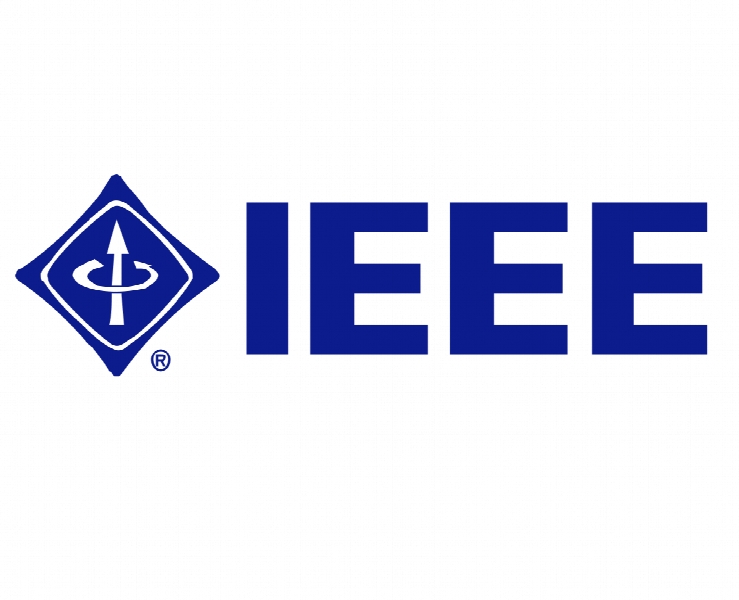یک مدل عمومی برای ذخیره انرژی حرارتی در حرارت ترکیب شده و توزیع توان با توجه به محدودیت های انتقال حرارت A General Model for Thermal Energy Storage in Combined Heat and Power Dispatch Considering Heat Transfer Constraints
- نوع فایل : کتاب
- زبان : انگلیسی
- ناشر : IEEE
- چاپ و سال / کشور: 2018
توضیحات
رشته های مرتبط مهندسی برق
گرایش های مرتبط تولید، انتقال و توزیع، مهندسی الکترونیک
مجله یافته های در زمینه انرژی پایدار – Transactions on Sustainable Energy
دانشگاه Department of Electrical Engineering – Tsinghua University – China
منتشر شده در نشریه IEEE
کلمات کلیدی گرما و برق ترکیبی (CHP)، انعطاف پذیری، انتقال حرارت (HT)، ارسال نیرو، ذخیره انرژی حرارتی (TES)
گرایش های مرتبط تولید، انتقال و توزیع، مهندسی الکترونیک
مجله یافته های در زمینه انرژی پایدار – Transactions on Sustainable Energy
دانشگاه Department of Electrical Engineering – Tsinghua University – China
منتشر شده در نشریه IEEE
کلمات کلیدی گرما و برق ترکیبی (CHP)، انعطاف پذیری، انتقال حرارت (HT)، ارسال نیرو، ذخیره انرژی حرارتی (TES)
Description
II. INTRODUCTION TO accommodate variable renewable energy sources (VRESs), for example wind and solar, as much as we can, it is universally recognized that there needs more flexibility, either from power system itself [1] or from other energy vectors [2][3]. If there is not enough flexibility in the system, it is highly possible that much of the available VRES would need to be curtailed, which is just the case in Northern China. In these Northern provinces where wind resources are abundant, the flexibility in power system is very limited due to the large proportion of combined heat and power (CHP) capacity [4], especially in winter when the wind resource is extremely rich and the heating demand of CHP is high. Generally, the coalfired CHP is inherently less flexible than gas-fired turbines, and the coupling between heat and power further limits the flexibility the CHP can provide [5]. This can be one of the primary reasons for wind curtailment problem, where in some provinces the curtailed wind energy accounts for more than 40% of the available resources in 2016 [6]. Therefore, to increase the flexibility of CHP can be an effective solution for the wind curtailment problem. Among all the possible means for improving flexibility for CHP, thermal energy storage (TES) is attracting increasing interest due to its high efficiency, large capacity as well as low cost [7]. Some Northern European countries have been using TES to increase the flexibility for CHP for decades [8]-[12]. Reference [8] proposes a self-supply strategy in Denmark which utilizes TES to help with meeting the heat demand and deal with the fluctuations of the wind generation; the EnergyPLAN model is introduced in [9], in which TES is mainly used to minimize the electricity export in Denmark; different solutions regarding the use of electric heating, heat pump (HP) and TES are compared in [10] to integrate wind power; further Danish experience of design and utilize small CHP with TES in market environment is presented in [11]; Reference [12] summarizes some recent development in Denmark about how CHP equipped with TES and electric boiler can benefit the overall system efficiency and the largescale integration of wind and solar power. Because of the current VRES accommodation issue, TES has become the focus of more recent studies.


